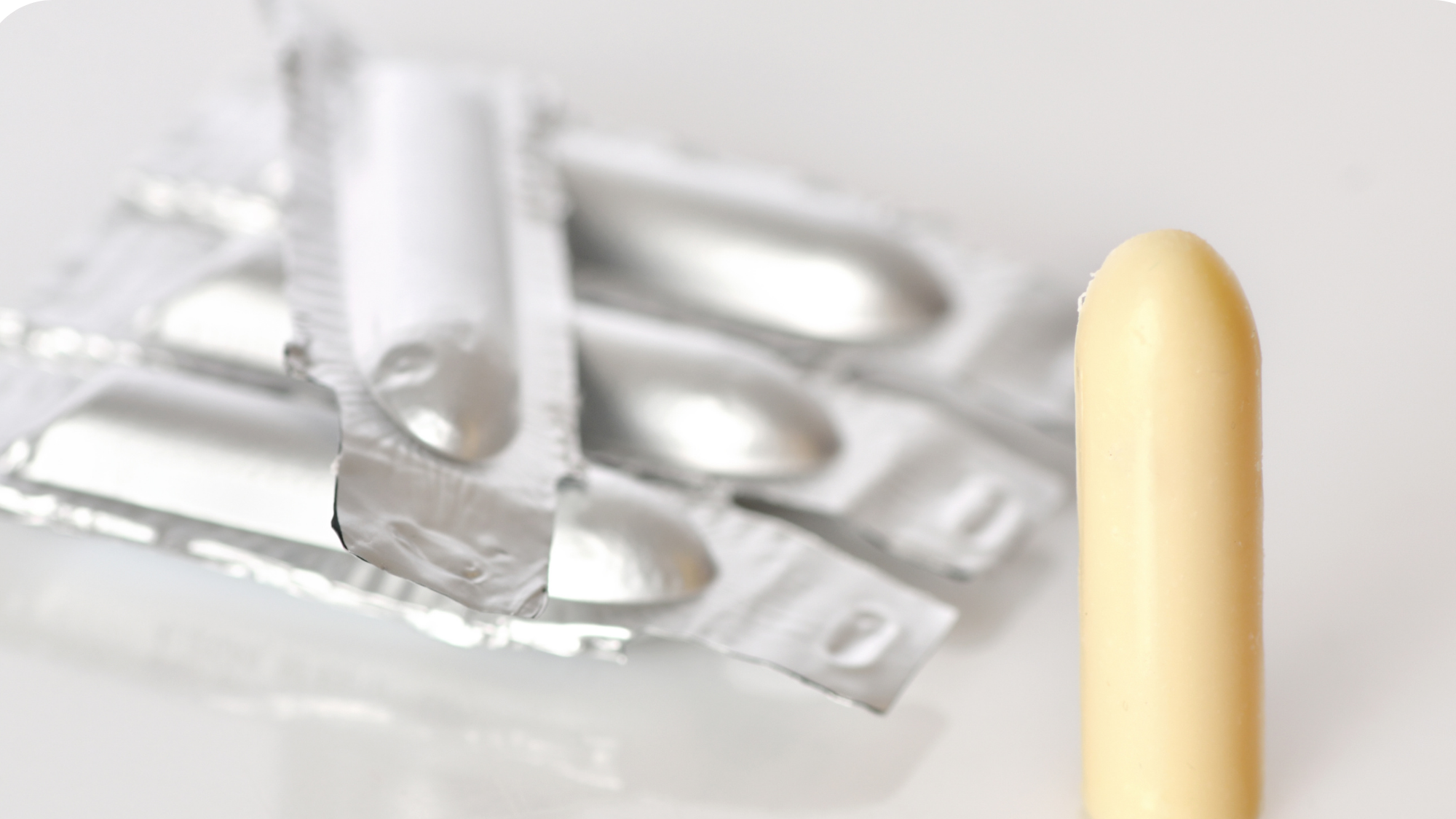
What is dyspareunia and what are the symptoms of this condition?
Dyspareunia is the medical term for pain during intercourse. There are a variety of potential causes of dyspareunia including infection, inflammation, menopause, endometriosis, pelvic floor muscle spasm, and scar tissue from surgery or childbirth.
The pain can be either sharp or dull, and can be felt in the vagina, vulva, pelvis, or lower back. In some cases, the pain can be so severe that it prevents intercourse altogether.

What is the Conventional Approach for Treating Dyspareunia?
It really depends on the suspected cause. Treatments may vary depending on the underlying cause, but can include lubricants, topical treatments, vaginal dilators, pelvic floor physical therapy, and sometimes surgery. If it is injury from childbirth, the approach may be pelvic floor therapy. If it is endometriosis, surgery to remove the implants and/or supplements might be tried.
For this discussion, the cause of dyspareunia is due to menopause which causes the decline of estrogen and progesterone resulting in changes in the vaginal walls. This hormonal change causes vaginal dryness that during intercourse, can feel like shards of glass cutting the vaginal walls. If that happens, it causes tiny tears in the vaginal wall from the friction, which results in scarring and further pain. Many people experience discomfort or pain during sex after menopause due to vaginal dryness, loss of normal secretions and lubrication, decreased elasticity, and narrowing of the vagina. Menopausal vaginal changes are generally more severe if intercourse (or other activities that involve vaginal penetration) is infrequent. Although hot flashes and most menopausal symptoms improve with time, vaginal dryness and resulting painful sex generally worsen with time, if not treated.
HRT (hormone replacement therapy) is a common method for addressing post menopause dyspareunia but some women are not candidates for synthetic HRT. Another option is bio-identical hormones that are plant based hormones compounded at a compounding pharmacy.
Now, there may be a new treatment option on the horizon - cannabis suppositories. In the case of painful intercourse due to menopause, suppositories act not only as medicine but also as a lubricant.

Cannabis Suppositories for Dyspareunia - How Do They Work?
A small study published in 2016 found that 2 out of 3 women who used a cannabis suppository for dyspareunia reported reduced pain during intercourse. Another small study published in 2018 found similar results with 8 out of 9 women reporting reduced pain after using a cannabis suppository. While these studies are very preliminary and more research is needed to confirm these findings, they do provide some promising evidence that cannabis suppositories may be an effective treatment option for dyspareunia.
Cannabis suppositories are small capsules that are inserted into the vagina where they dissolve and release their active ingredients. The active ingredients in cannabis are cannabinoids like THC and CBD. These cannabinoids interact with our body's endocannabinoid system which is involved in regulating a variety of functions including pain perception, inflammation, and muscle spasm. This interaction between cannabinoids and our endocannabinoid system is what gives cannabis its therapeutic properties.

Are there any side effects associated with using cannabis suppositories for dyspareunia relief?
The only rather annoying consequence of using suppositories vaginally is there may be a discharge of some of the ingredients used to make the suppository. The ones I make are made with cocoa butter and shea butter so that can leak out once it melts. Otherwise, As with any treatment option, there are potential risks and side effects associated with using cannabis suppositories. The most commonly reported side effects are local reactions like irritation or burning at the site of application. These side effects are typically mild and resolve on their own within a few days.
Some resources report that because cannabis suppositories are absorbed through the vaginal tissue into the bloodstream, there is a risk of them affecting other parts of the body like the brain. This means that people who use cannabis suppositories may experience psychoactive effects like euphoria or anxiety. However, these effects are typically mild and temporary. For me personally, my suppositories are calculated at 65 mg and I have never felt psychoactive effects from this dosage and method of use. Overall, cannabis suppositories appear to be safe and well-tolerated with minimal side effects.

How do you use a cannabis suppository for dyspareunia relief and what are the dosage instructions?
The suppository is inserted into the vagina at bedtime. In our area, Southern Illinois, there are no dispensaries that carry suppositories. You can’t buy them online because they can’t be shipped across state lines, so you have to make your own. I have my medical cannabis card so I am allowed to grow my own cannabis. I use about 28 gms of “shake” to make suppositories in a base of cocoa butter and shea butter. The dose of these is calculated at 65 mg. Again, I have never gotten high using this dose vaginally. You can use them every night or as needed. They do make a great lubricant which will help with the vaginal dryness. Dosing can vary with 20 mg to 1 gram.
Conclusion:
Dyspareunia is a common condition that can cause significant pain during intercourse. While there are a variety of potential treatments available, none of them are perfect. Cannabis suppositories may offer a new treatment option with minimal side effects and promising preliminary evidence for efficacy. However, more research is needed before we can say for sure whether or not they work for treating dyspareunia. I can personally say that they have been a game changer for me!!






0 Comments